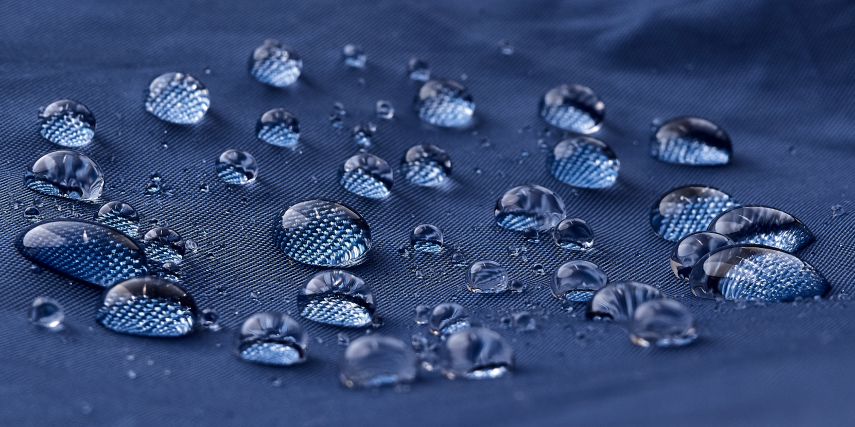In the realm of materials and construction, the impact of weather elements, particularly ultraviolet (UV) radiation, is substantial. UV rays, a component of sunlight, pose a significant threat to various materials, causing degradation, fading, and structural damage over time. The utilization of UV-resistant materials has emerged as a pivotal strategy in ensuring durability, longevity, and sustained quality across diverse applications. Let’s delve into the importance, characteristics, applications, and advantages of UV-resistant materials in various industries.
Understanding UV Radiation and Its Effects
1. The Nature of UV Radiation: UV radiation constitutes a portion of sunlight, classified into three categories: UVA, UVB, and UVC. While UVC is mostly absorbed by the Earth’s atmosphere, UVA and UVB rays penetrate the atmosphere, impacting materials exposed to sunlight.
2. Effects of UV Exposure: UV exposure triggers material degradation, leading to color fading, surface brittleness, and reduced structural integrity. Commonly affected materials include plastics, paints, fabrics, and construction materials like wood and certain metals.
The Significance of UV-Resistant Materials
1. Durability and Longevity: UV-resistant materials are engineered to withstand prolonged exposure to sunlight, mitigating the effects of UV rays. They exhibit enhanced resistance to fading, discoloration, and structural deterioration, ensuring longevity and sustained quality.
2. Preservation of Aesthetics: UV-resistant materials maintain their original appearance and aesthetics, preserving colors, textures, and surface finishes even after prolonged exposure to sunlight. This is particularly crucial for outdoor applications and architectural elements.
Characteristics of UV-Resistant Materials
1. UV Stabilizers and Additives: UV-resistant materials often incorporate additives or stabilizers that absorb or deflect UV radiation, safeguarding the material’s structural integrity and appearance.
2. Enhanced Formulations: Engineered formulations involve chemical compositions that inherently resist UV-induced degradation, prolonging the material’s lifespan and performance.
Applications of UV-Resistant Materials
1. Construction and Architecture:
- Exterior Surfaces: Facades, cladding, roofing materials, and exterior paints benefit from UV-resistant properties, ensuring sustained aesthetics and structural integrity.
- Outdoor Infrastructure: UV-resistant materials are integral in outdoor structures, such as bridges, pavements, and public installations, preserving functionality and aesthetics.
2. Automotive and Transportation:
- Aircraft Components: UV-resistant coatings for automotive exteriors protect against fading and deterioration due to prolonged sun exposure.
- Outdoor Infrastructure: UV-resistant materials safeguard aircraft surfaces from UV-induced degradation, maintaining safety and structural reliability.
3. Textiles and Furnishings:
- Outdoor Fabrics: UV-resistant textiles are crucial for outdoor furniture, awnings, and umbrellas, ensuring longevity and color retention.
- Interior Design: Upholstery and curtains benefit from UV-resistant properties, preserving colors and fabric integrity in sunlit spaces.
Ceramic Coatings: A UV-Resistant Solution
Ceramic coatings are a compelling application of UV-resistant materials, exhibiting exceptional resistance to UV-induced degradation. They serve a critical role in various sectors, including automotive, construction, and marine industries, due to their durability, aesthetic preservation, and easy maintenance.
1. Composition and UV Resistance: Ceramic coatings are made of nanoparticle compounds that create a hard, glass-like layer on the surface of materials. This layer absorbs and reflects UV radiation, significantly reducing the harmful effects of sunlight exposure on the underlying material.
2. Automotive Use: In the automotive industry, ceramic coatings are applied as a clear coat on vehicle exteriors. These coatings protect the paintwork from UV-induced fading and discoloration, preserving the vehicle’s aesthetic appeal and resale value.
3. Construction and Infrastructure: In the construction industry, ceramic coatings are applied on building exteriors, roofs, and outdoor structures. They defend against UV radiation, weather elements, and environmental pollutants, enhancing the lifespan and performance of the structures.
Advantages of UV-Resistant Materials
1. Long-Term Cost Savings: The durability and extended lifespan of UV-resistant materials lead to reduced maintenance and replacement costs over time, offering significant long-term savings.
2. Sustainability and Environmental Impact:
- Reduced Waste: Longer-lasting materials reduce the need for frequent replacements, minimizing waste generation.
- Energy Efficiency: Enhanced durability contributes to energy conservation by reducing the need for frequent manufacturing and transportation of replacement materials.
3. Enhanced Performance and Reliability:
- Maintained Aesthetics: UV-resistant materials uphold their appearance, ensuring lasting aesthetics and high-quality performance.
- Structural Integrity: Preserved structural integrity safeguards against premature failures and ensures reliable performance.
In conclusion, the utilization of UV-resistant materials has become indispensable in various industries, ensuring durability, longevity, and sustained aesthetics in the face of UV radiation. These materials not only prolong the life and integrity of surfaces and structures but also contribute to cost savings, environmental sustainability, and enhanced performance. As industries continue to prioritize durability and sustainability, the adoption of UV-resistant materials stands as a cornerstone for enduring quality and reliability in diverse applications. Investing in these materials not only ensures resilience against UV-induced degradation but also upholds the commitment to long-term excellence and environmental responsibility.

